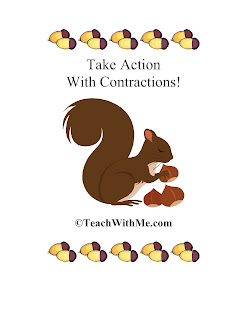There are several types of feminine orgasm singled out by sexologists these days. After that, the contractions began coming. During the pushing stage, you’ll most frequently really feel a strong expulsion sensation with (and sometimes between) contractions, a feeling very much like having to poop. The uterus is incredibly tender after a protracted labor and delivery, which adds to the discomfort of rapid postpartum contractions.
False labor could present with pains within the abdomen and again as well as a contracting or tightening of the uterus. Your staff will nonetheless time the contractions and measure how dilated your cervix is. Once your contractions come shut collectively and final around 60 to 90 seconds, you might feel the urge to push.
False labor contractions can embrace a series of contractions that feel very much like energetic labor contractions but don’t have any effect on cervical dilation and effacement. Postpartum contractions keep the uterus small and firm which prevents excessive bleeding (hemorrhage).
This is referred to as transition, as a result of it marks the end of the first stage and the start of the second stage of labour Throughout the second stage your child will likely be born, usually by a combination of contractions and your pushing, which moves your baby down your vagina and out into the world.
Your contractions sound just like mine with my boy, Braxton Hicks, then low and crampy and as soon as my water broke very intense. The answer is usually maddeningly imprecise, along the strains of: “You may know real labour when it begins.” Luckily, there are variations between Braxton Hicks contractions and labour contractions that may help you tell them aside.